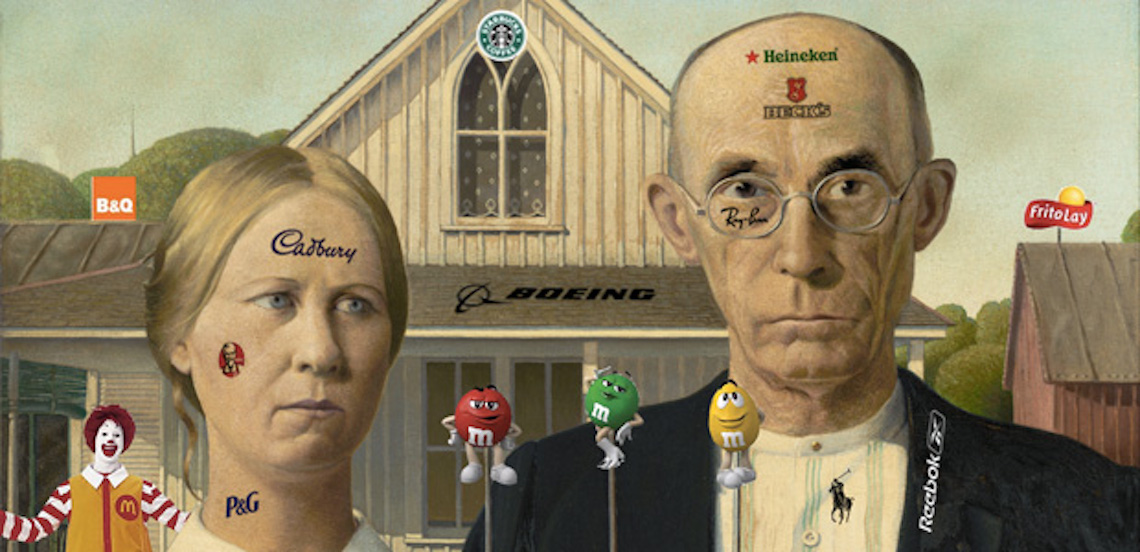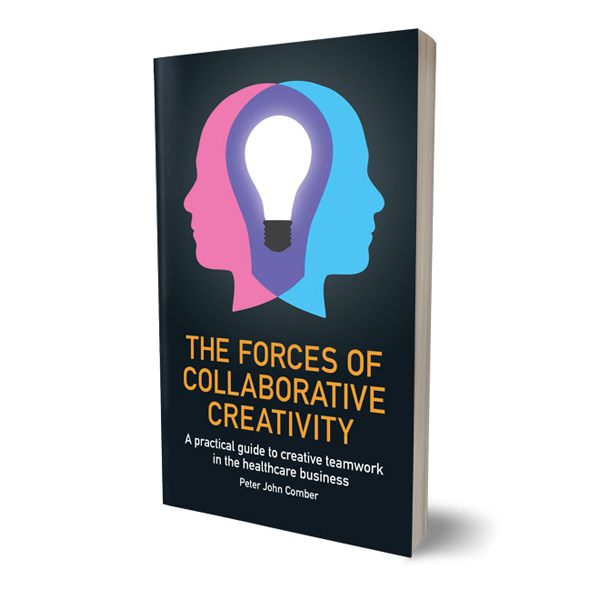Future Programmatic.
The New York Times points to a better future for users, publishers and brand building.
Subject A goes to an art gallery that is hosting a reading of a new book by a famous author. Having arrived early they look at the art on display and then head toward the room where the event will take place through a short corridor that is lined with display cases. As they pass, Subject A looks at the displays that flatteringly present the products of the evening’s sponsors.
Subject B goes to a different art gallery for an event. The room where the event takes place is crowded with salespeople clamouring for attention. The gallery security inexplicably ignores the pushy salespeople and many of those present have employed bodyguards to keep the salespeople away from them.
Subject C goes to a third art gallery which is very similar to the one Subject B attended. Unhappy with the experience, Subject C leaves shortly after arriving and goes to a restaurant only to find that the salespeople from the art gallery have followed and for days to come will appear in any location Subject C visits.
Subject D, goes to the same art galleries as B and C many, many times, each time in a different disguise, because their job is to ‘be there’. Subject D has no money and no need or desire for any of the things the salespeople are offering.
These stories serve to illustrate the way online advertising works today. Most of your online experience is probably similar to that of Subject B - you go somewhere for some interesting content and you are ambushed by irrelevant and irritating advertising. Unless, like Subject C you use an ad-blocker or, like Subject D, you are not a human. Experiences like that of Subject A are rare but they might become far more common. Here’s why.
Nearly three years ago, Procter & Gamble CFO Jon Moeller said on a quarterly earnings call that the company had cut $140 million in digital ad spend and it had seen “no negative impact on growth rate,” because the cuts concerned ads being served to bots or the ad placement was not “facilitating the equity of our brands” in terms of context, quality or visibility.
Evidently, a lot of ads are being shown to users who aren’t real people and if they are being served to real people often they can’t be seen, for various reasons. Sometimes it’s best not to be seen. Because most advertisers don’t actually know where all their ads are running, they sometimes run in inappropriate places. Not being seen is bad, being seen in the wrong place is worse. Advertisers are not happy with the quality of programmatic advertising.
For reputable publishers with valuable content, the situation isn’t any better. In the current system, to get revenue from ads they have to abdicate control of which ads are displayed on their property. They also have to permit third-party ad data collection (the stuff that, amongst other things drives re-targeting). It’s a bit like allowing random strangers to decorate your place of work. To add insult to injury, much of the ad revenue stream is siphoned off before it gets to publishers.
According to a recently published study (‘ISBA Programmatic Supply Chain Transparency Study’ by PwC), on average only 51% of online ad spend reaches a publisher, 16% goes to advertising platforms, 11% goes to other technology companies, 7% goes to advertising agencies and the remaining 15% is untraceable. This study, the first ever to examine programmatic advertising supply chains end-to-end, collected data for two years from 15 advertisers (representing 1% of the total UK programmatic media spend), 8 agencies, 5 DSPs, 6 SSPs and 12 publishers.
The complexity of the system is absurd and opaque. The study found that the 15 advertisers were served by over a thousand different supply chains and that 290 distinct supply chains connected the 15 advertisers with the 12 publishers. There are a lot of middlemen and their value doesn’t justify a 49% cut of total revenue. Publishers are not happy with the economics of programmatic advertising.
Around the world, 47 per cent of internet users employ an ad-blocker (source: Global Web Index). The top three motivations for installing ad-blocking technology are: "Too many ads" 48%, "Annoying or irrelevant ads" 47% and "Intrusive ads" 44%. Users are not happy with the aesthetics of programmatic advertising.
Advertisers fret about ad-fraud, brand safety and media spend effectiveness. Publishers fret about decreased revenue and control of their platform. Users install ad-blockers and complain about the horrible experience many online destinations provide. The only people who like the way programmatic advertising works today are a shadowy swarm of middlemen.
Happily, things are changing. Browsers are phasing out support for third-party cookies. Many quality publishers have established paywalls, reducing their reliance on ad revenue. Now, The New York Times has announced it is phasing out all third-party advertising data. From July, they will offer advertisers the possibility to target ads on their online properties with 45 audience segments, based exclusively on NYT first-party data. The segments will cover 6 categories: age, income, business, demographic and interests. The plan is to almost double the audience segments by the end of the year. The New York Times is not alone, other publishers (Vox Media, The Washington Post) are also building first-party data targeting solutions for their properties.
Programmatic isn’t going to go away but it can and must change. I am hopeful that it can evolve and ultimately provide: advertisers with better ROI on their media spend; publishers more control over their platforms and the revenue they generate; customers better online experiences. If so, it will be more common to encounter situations like that of Subject A, where a well-curated experience is in part underwritten by brands who in return gain healthy visibility and recognition.





